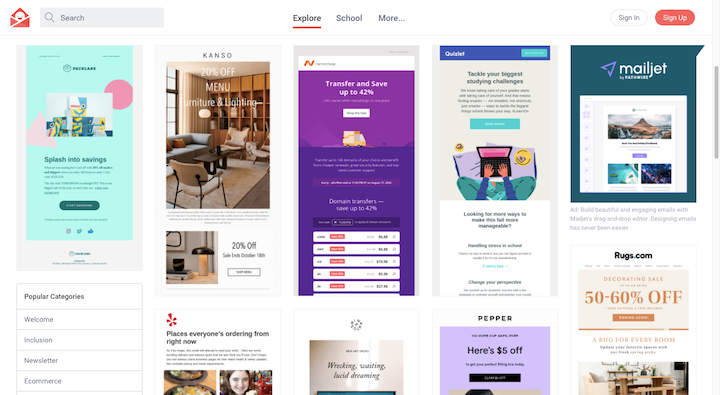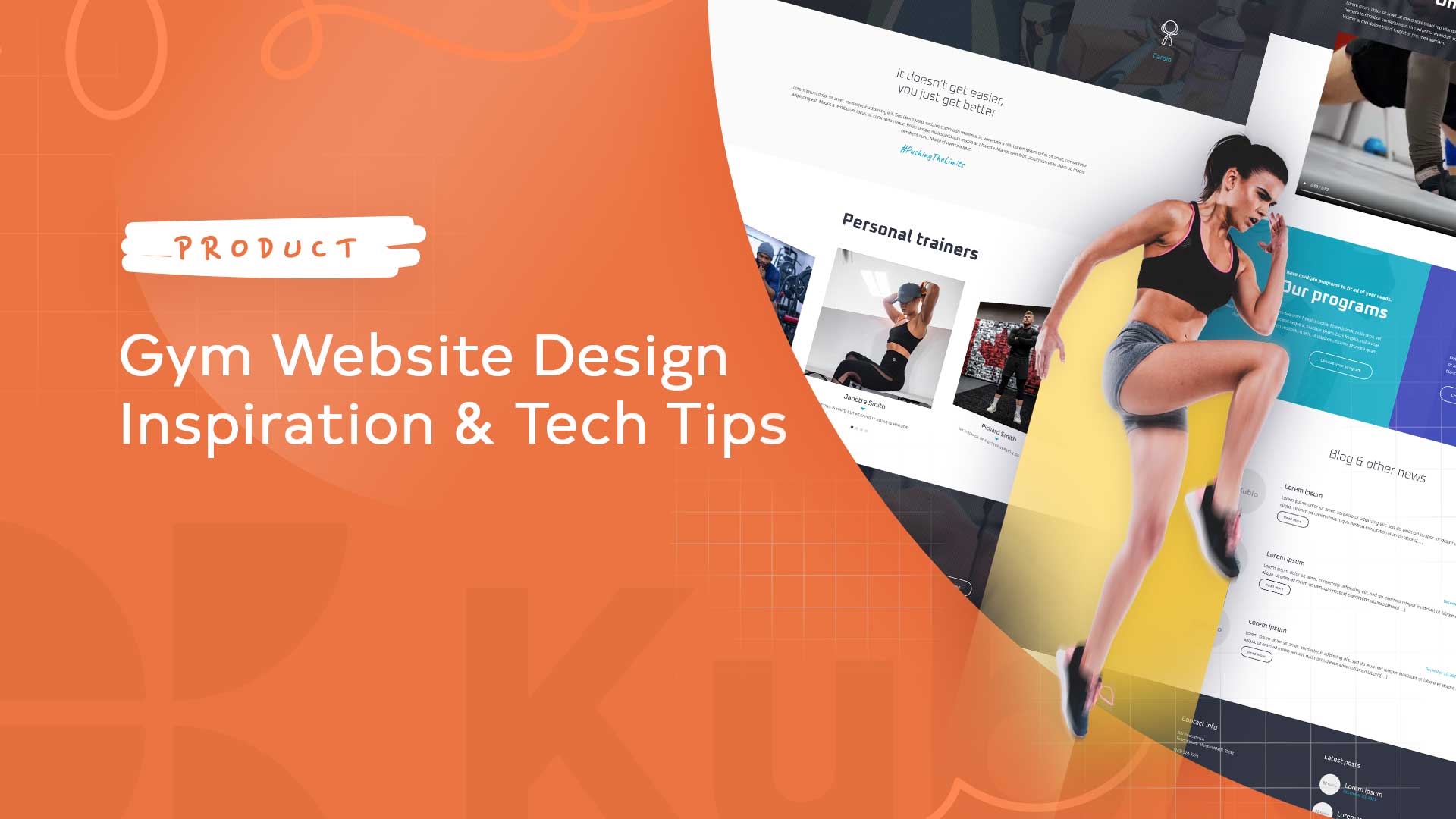The Ultimate Guide to Building a Powerful Website Design
The Ultimate Guide to Building a Powerful Website Design
Blog Article
Vital Tips for Crafting High-Impact Internet Site Styles
In the realm of digital advertising and marketing, the design of an internet site works as a vital touchpoint for engaging prospective customers. To develop high-impact web site designs, one should take into consideration necessary aspects such as audience understanding, user experience, and aesthetic pecking order. Each of these components plays a pivotal function in not just bring in site visitors yet also in promoting meaningful communications. Yet, the interaction between these elements can be complex and nuanced, raising the question of how to properly stabilize them to accomplish ideal results. Checking out these techniques can result in transformative outcomes for your on the internet presence.
Understand Your Audience

To successfully recognize your audience, begin by conducting demographic evaluations to collect information on age, sex, area, and passions - website design. This info functions as a structure for creating customer characters, which represent the crucial characteristics of your target market. These characters overview decision-making in layout components and content method, making certain alignment with individual assumptions
Furthermore, evaluating individual actions via tools like Google Analytics can reveal exactly how site visitors connect with your website. Metrics such as bounce prices and time on page can highlight locations that require improvement or modification. User studies and feedback additionally provide invaluable understandings into preferences and pain factors.
Eventually, a deep understanding of your audience is not merely beneficial however necessary. It empowers developers to create more appropriate, enticing, and functional websites that promote a favorable user experience and drive wanted end results.
Prioritize Customer Experience
When making an internet site, prioritizing customer experience (UX) is paramount to accomplishing both individual satisfaction and service objectives. A well-crafted UX makes certain that site visitors can browse the site effortlessly, locate the info they require, and engage with content efficiently. To complete this, it is critical to adopt a user-centered style approach that includes understanding user needs, preferences, and habits.
Beginning by conducting complete research study, consisting of customer surveys and use testing, to gather insights into exactly how customers engage with your website. This information should educate style choices, guaranteeing that functions and formats align with customer expectations. Structured navigating is necessary; site visitors should be able to locate details promptly without unneeded clicks or confusion.
Additionally, take into consideration the loading rate of your website. A slow-loading site can lead to high bounce rates, negatively impacting customer experience. Optimize images and manuscripts to boost efficiency.
Lastly, ensure that your website comes to all customers, consisting of those with handicaps. Sticking to accessibility standards not only broadens your target market yet also fosters inclusivity. By prioritizing UX, you lay the foundation for a successful internet site that meets both user needs and business objectives.
Embrace Visual Power Structure
A well-structured aesthetic pecking order plays a considerable role in boosting customer experience by assisting visitors' attention to the most vital components of a site (website design). By tactically setting up material, developers can create a clear course for customers to follow, guaranteeing they engage with important info properly
To execute aesthetic power structure, begin by utilizing size and scale. Bigger aspects normally draw the eye, making them perfect for headings or phones call to action. Enhance this with contrasting colors that highlight essential locations, as vivid hues can create focal factors that capture interest.
In addition, the placement of aspects on the web page is vital. Leading the audience's look with the format can be attained by positioning essential details at the top or in the facility, where individuals usually begin their visual trip. Including whitespace around components can likewise enhance clearness, making it simpler for users to refine details without feeling bewildered.
Finally, using typography effectively adds to visual pecking order. Various font style styles, dimensions, and weights can signify value, leading users through the content perfectly. By embracing these principles, developers can develop an intuitive check these guys out experience that fosters interaction and encourages users to explore additionally.
Enhance for Mobile
Mobile optimization is crucial in today's electronic landscape, as a considerable portion of internet traffic originates from mobile phones. To ensure a smooth user experience, websites need to be created with mobile individuals in mind. This includes using receptive website design strategies that adjust the layout, photos, and message to fit different display dimensions while preserving performance and appearances.

Touch targets, such as web links and switches, need to be suitably sized, ensuring they are easily tappable without errors. Moreover, guarantee that types are mobile-friendly by lessening input fields and utilizing dropdowns where suitable, improving the user experience.
Lastly, test your site across different smart phones and browsers to determine any issues that might affect usability. By prioritizing mobile optimization, you not just boost customer contentment yet likewise favorably impact your site's internet search engine position, thus attracting even more visitors and boosting total involvement.
Implement Strong Branding
A well-defined brand name not only differentiates you from competitors yet also fosters trust fund and loyalty among your target market. This identity should be shown continually across all digital touchpoints, including your web site, social media, and email interactions.
Aesthetic aspects such as logos, shade plans, and typography play an important duty in branding. Pick a shade palette that resonates with your target audience and mirrors your brand personality. Make sure that your logo is functional and prominently presented on your web site, improving brand recognition.
Material is similarly important; your intonation need to straighten with your brand name identification, whether it's professional, pleasant, or authoritative. Involving narration can better strengthen your brand name, creating an emotional connection with users.
Final Thought
To conclude, crafting high-impact web site layouts requires a multifaceted approach that includes comprehending the audience, prioritizing user experience, and welcoming aesthetic power structure. Optimization for mobile phones remains important, along with Extra resources the implementation of solid branding techniques. Look At This By integrating these elements, websites can efficiently engage individuals, assist in smooth navigating, and foster psychological connections that boost brand identification. Eventually, adherence to these concepts adds to the creation of compelling and reliable digital experiences that resonate with target audiences.
To produce high-impact web site layouts, one must consider important elements such as audience understanding, customer experience, and aesthetic pecking order.When creating a website, prioritizing individual experience (UX) is paramount to accomplishing both customer complete satisfaction and company goals.Begin by conducting complete research study, including individual surveys and use testing, to gather understandings right into how individuals interact with your website. To guarantee a smooth user experience, web sites must be developed with mobile individuals in mind.In conclusion, crafting high-impact website designs requires a complex method that includes recognizing the target market, prioritizing customer experience, and welcoming visual pecking order.
Report this page